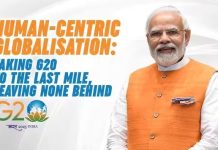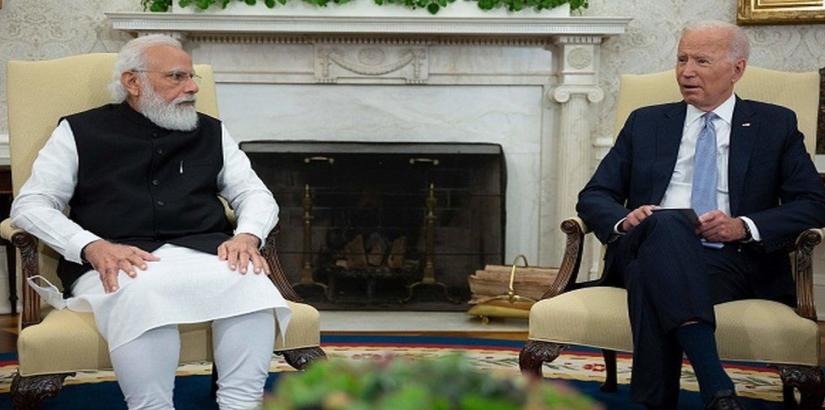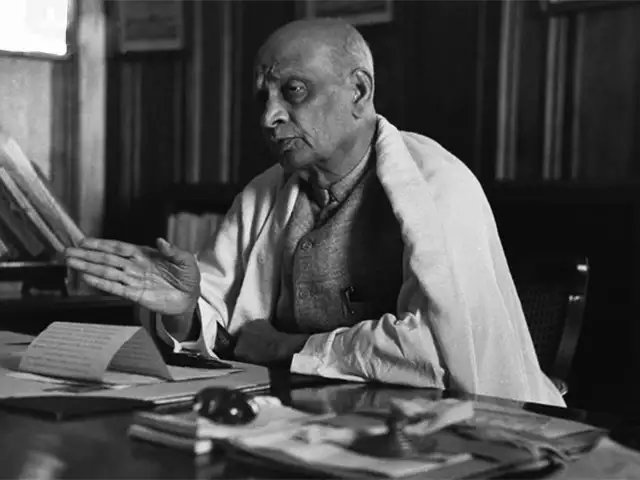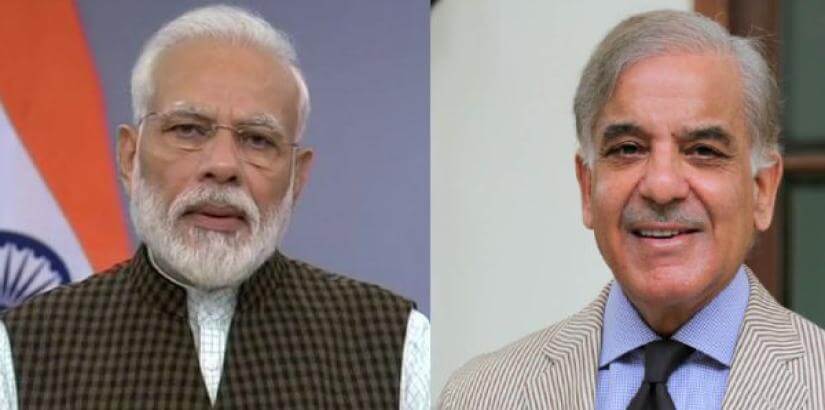Venkat Nagarajan
On August 2019, the Indian government revoked the special status of the Indian state of Jammu and Kashmir to fully integrate the state within India and put the state’s citizens on an equal footing with the citizens of the country.
Since then, there have been numerous articles in the media that have criticized the Government of India.
All these articles have focused on Muslims of Kashmir and portrayed them as victims of domination of a resurgent Hindu India. This narrative, which is based on an inflexible ideology that views Muslims as victims and Hindus as aggressors, is myopic and not supported by historical facts.
Fact confirms that the Hindus of Kashmir are the real victims and that they have suffered under the hegemony of Islamic domination since Islam was brought to Kashmir by invaders in the 12th century.
With the Islamic invasion of Kashmir, which began in the 12th century, the downfall of Hindus and Hinduism in Kashmir started to. The pluralistic culture of Kashmir started to erode, and the Hindu population began to decline over time due to a variety of factors, including local rulers’ privileging of Islam to outright ethnic cleansing.
The period ranging from 1752–1819 was the most brutal. During this time, Kashmir was dominated by Islamic invaders from Afghanistan. Ethnic cleansing was orchestrated through forced conversions, the imposition of draconian taxes called Jizya, and the destruction of places of worship.
There is a plethora of evidence supporting the brutality of the Islamic rule, but only three crucial pieces of evidence are noted here.
First and foremost is the outright elimination of the Hindu population of Kashmir. Hindus, Buddhists and members of other Indic religions constituted 100% of Kashmir’s population before the 12th century, but the 1901 census noted that Hindus only represented 5% of the people of Kashmir.
Second, there are numerous partially or fully destroyed temples all over Kashmir; these temples serve as testimony to the brutality of Islamic rule. Lastly, as noted in Walter R. Lawrence’s book titled “The Valley of Kashmir”, there is a neighborhood in the Kashmir Valley that is called the Graveyard of the Pundits, where the brutal Afghani ruler Asad Khan used to drown Hindus in grass sacks; the name of this neighborhood also affirms the brutality of Islamic rule.
The subjugation of the remaining Hindus in Kashmir continued after India’s independence. The Islamic Republic of Pakistan invaded and occupied part of Kashmir, which is today referred to as Pakistan Occupied Kashmir (“POK”).
Upon occupation, the Islamic republic ethnically cleansed the Hindus that remained in the part of Kashmir that it occupied such that, the non-Muslim population of POK today is virtually zero. This is consistent with the design of the neighboring Islamic countries of Pakistan and Bangladesh, which together have experienced a significant decrease in their Hindu populations.
Specifically, in Bangladesh, the population of Hindus stood at 23% in 1951 and now stands at 9.6%.
Having ethnically cleansed the Hindus in POK, the Islamic Republic of Pakistan focused on instigating a new wave of violence and intimidation to get rid of the remaining Hindus in Kashmir. In this respect, in 1990, the Islamists of Kashmir, aided by the Islamic Republic of Pakistan, managed to orchestrate the ethnic cleansing of the remaining Hindus from Kashmir.
Specifically, on the fateful night of January 19, 1990, Islamists broadcast public threats against the Hindus. They demanded that the Hindus either convert to Islam or leave the Kashmir Valley and threatened to kill any Hindus that did not accept one of their two demands. In the aftermath of that day, several hundred Hindus were killed, and many Hindu women were raped.
Eventually, approximately 400,000 Hindus fled the Kashmir Valley and sought refuge in other parts of India. To this day, the vast majority of Kashmiri Hindus continue to endure severe living conditions as refugees displaced within their own country.







